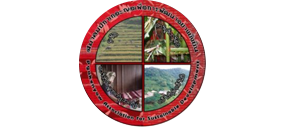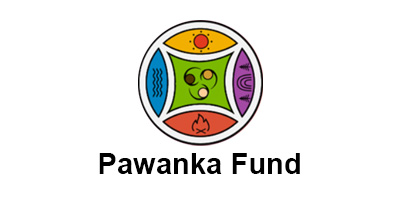Creative design to respond to the COVID 19 pandemic in the new normal way to enhance indigenous community in northern Thailand
Background
In Thailand, the COVID-19 infection has resulted to 2,067 cases with 20 deaths and 612 recoveries. According to an updated statistic on 4 April 2020, Chiang Mai reported 32 confirmed infected cases. Starting from 3 April 2020, the Thai Government has announced a curfew from 10:00 pm to 4:00 am. every day.However, so far, there has been no report of any Pgakenyaw person being infected. Nevertheless, the dissemination of information has already threatened the people at the community level.
The situation in the Pgakenyaw community areas is that currently, Pgakenyaw people are gaining more knowledge about the pandemic situation from different channels of media and are aware of the stringent preventive policy of the Government to fight against the coronavirus. Many Pgakenyaw communities are reviving their traditional ritual to cast out all malevolent spirits and to prevent pandemic diseases from entering the communities.
At the village, sub-district and district levels, checkpoints are set up at all entry and exit routes to screen people for physical safety. Local government authorities had announced Emergency Decrees as well as implementation of the National Curfew, including Provincial Orders every now and then to recommend to the people what they can and cannot do.
The coronavirus is also creating economic impacts on the families in cases where their members had to seek cash income in the cities in order to solve the problem of family indebtedness. Economic tension is emerging in a number of families, particularly when their members have to pay regular visits to the hospital for medication for long-term and costly diseases, such as high blood pressure and diabetes.
Another aspect is that some people are not concerned about COVID-19, and also do not believe in or abide by the regulations agreed by the community or orders from the government. This creates problems for the leaders and healthcare people in the community. For instance, a case happened in a Karen community after the community had completed the ritual of Kraw Hee (Closed community). No one is allowed to cross through the villages, but one person crossed that community in a pickup car, and this was totally unacceptable to the community. This person was fined and the community needed to perform the ritual again.
Project Objective
The urgent need now is that people need correct and clear knowledge about COVID 19, and also need correct information on regulations and declarations from the government. The government has disseminated information, but this still does not cover remote areas or areas where there are many people who do not understand the Thai language, and thus local leaders also have limited knowledge with which to inform their people.Target Beneficiaries
The target beneficiary communities will be based on these communities, but we will prioritize these into high-risk and lower-risk communities. The high-risk priority communities are Khun Pae, Ton Phung, Pa Kluey (Khun Pae), Chomthong District. Mae Yod, Mae Chaem District, Chiang Mai Province. Mae Tho Tai, Mae Tho Klang, Mae La Noi Distrcit, Huay Pong-Huay Kung, Mae Lai Bon, Mae Lai Nua, Pa Pong, Sob Muay District, Mae Hong Son Province. Lower-risk communities are Pa Pae, Ban Hong, Lam Phun Province. Khun Win, Mae Wang District, Mae Lan Kham, Huey Hia, Ban Mai Sameong District, Chiang Mai Province.



